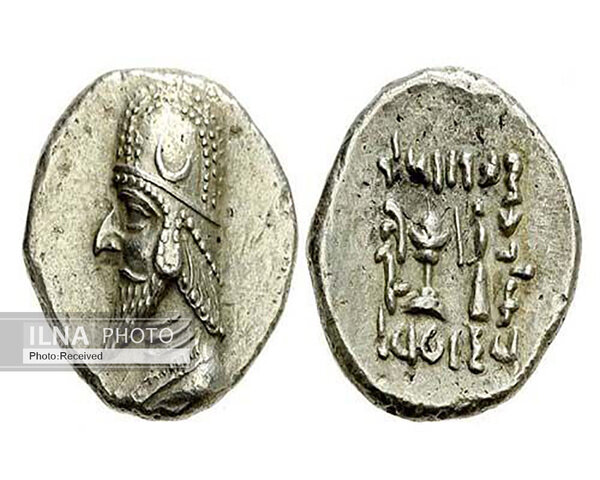3,680 antiquities seized by police at Tehran airport

TEHRAN – Iranian police have recovered hundreds of coins and artifacts while inspecting the suitcases of departing travelers in the Imam Khomeini International Airport, southern Tehran.
Security officials at the airport have seized 3,680 objects from the luggage of two travelers leaving the airport for an Arab country, ILNA reported on Wednesday.
The items, which were delicately embedded in suitcases, date back to various historical eras, including the Elamite and early Islamic epochs, the report said.
Most of the seized objects have been obtained from unauthorized excavations in the Khuzestan region, according to Morteza Adibzadeh, the director of museums and historical properties at the Ministry of Cultural Heritage, Tourism and Handicrafts.
Historical coins, most of which date back to the early Islamic centuries, from Umayyad to Abbasid eras, constitute the lion’s share of the confiscated objects, the official said.
Among the pre-Islamic objects, some belonging to the Elamite period can also be seen in these works, Adibzadeh said.
He said most of those objects are original, and it can be said that less than 10 percent of those are fake, being forged in elaborate ways.
Gold bracelets from the Elamite period, earrings, bracelets and rings, and even gold coins from the Sassanid period have been found in suitcases, he said.
“There were even coins from the Seleucid, Parthian, and Achaemenid satrapies in this shipment. There are also two very exquisite and unique bracelets, probably belonging to the first millennium BC in this collection.”
The first well-documented evidence of human habitation in the Iranian plateau was found in several excavated cave and rock-shelter sites, located mainly in the Zagros Mountains of western Iran and dated to Middle Paleolithic or Mousterian times (c. 100,000 BC).
From the Caspian in the northwest to Baluchistan in the southeast, the Iranian plateau extends for close to 2,000 km. The land encompasses the greater part of Iran, Afghanistan, and Pakistan west of the Indus River, containing some 3,700,000 square kilometers. Despite being called a “plateau”, it is far from flat but contains several mountain ranges, the highest peak being Damavand in the Alborz mountain range at 5610 m, and the Dasht-e Loot east of Kerman in Central Iran, falling below 300 m.
AFM
